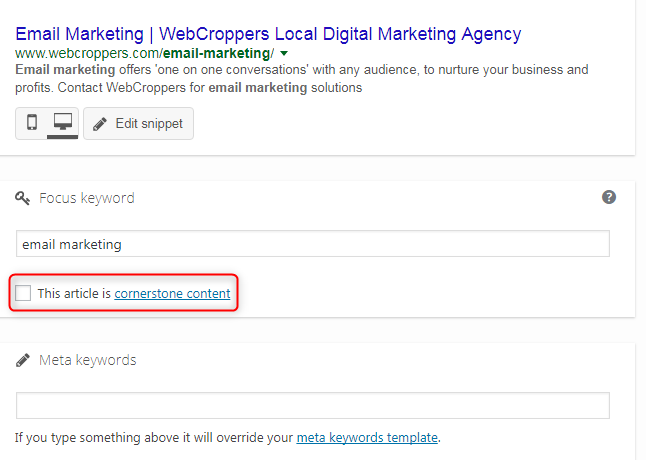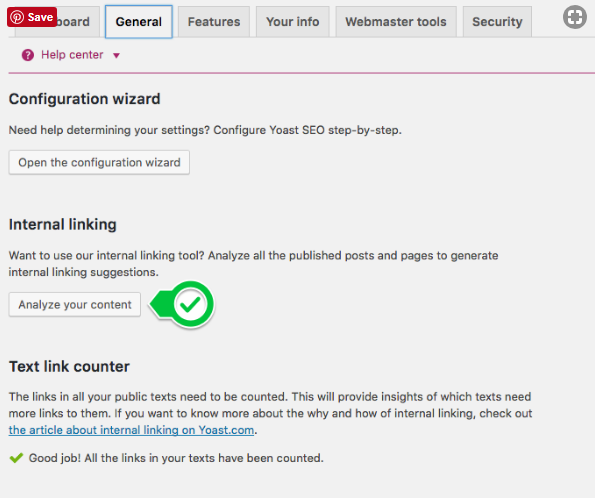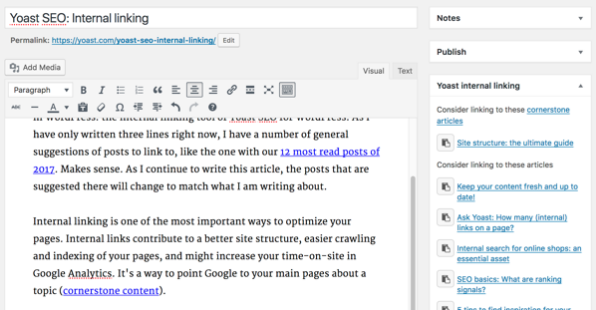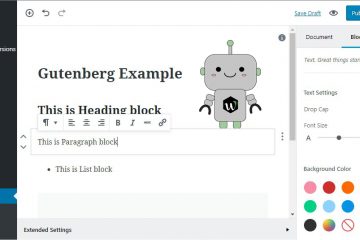Encyclopedic SEO Structure is somewhat of an older concept but new in terms of search engine optimization. If you look at Wikipedia, you’ll notice every article has various links that, in turn, link to their other articles when you come across two different subjects that happen to cross paths; you’re reading Socrates’s Wiki page and then you see a link whenever the term “Philosophy” is hyperlinked. Subsequently, lesser known terms of Philosophy (ones that you may not be familiar with) are also hyperlinked. Now, if you take that large concept and apply it to your business’s website, then you have a very user-friendly approach to site structure that search engines can easily follow as well.
How do you start the Encyclopedic SEO Structure?
It’s simple. Every website should have what we call cornerstone articles/pages. These pages are the core of what your business is about. For WebCroppers, that happens to be the various services we offer: SEO, Paid Media, Social Media, Website Development, Email marketing, and Graphic Design. Each of these cornerstone articles has their own dedicated page.
Now, you should know that we also have a blog because if you’re reading this article, you’re on it. From time to time, these cornerstone topics come up because they’re pretty general in terms of marketing, which is what we write about.
Let’s say that my blog article is about Longtail Keywords, which has to do with on-page SEO. I could link our informational cornerstone article to this new blog page, which allows the reader to understand the core concepts of SEO. You can think of it like building blocks. To understand keywords, you need to understand SEO.
Our website is full of these helpful links that make a reader go “Okay, I’m interested in the topic.” (Click) “Hmmmm, I don’t quite understand this term, oh wait here’s a link for that term.” (Click) and from there, they can choose to keep reading or be prompted to contact us because that’s the purpose of our cornerstone pages, conversions for that particular service.
Internal Linking
On the other side, for search engines, this internal linking structure looks more natural and helps them crawl your site and get a better idea of what you’re about and who they should send your way for paid media or if you should show up for key terms that will give you relevant traffic.
Tools for an Encyclopedic SEO Structure
We can’t mention enough how useful the Yoast tool for WordPress is when it comes to internal linking. First, they make it simple to choose designated cornerstone page/pages.
This is a feature of the free version of the Yoast tool. If you want to have their tool scan through your page and analyze the text to give you suggestions for internal linking, then you have to upgrade to their premium version. We don’t really think that’s necessary. It’s pretty easy to find terms that are similar to your cornerstone pages and link them the good old fashioned way, but it’s up to you. The premium version looks like this:
The results look like this:
You can see that’s it’s pretty comprehensive, but like we said it’s not something you can’t do manually.
Encyclopedic SEO Structure: Conclusion
You can see how this structure can give you a major advantage over the competition. Not only is your user fully engaged with your content, but it also gives search engines a great structure to follow to better index your website for more relevant traffic.
It’s very easy to start your website like this but it’ll be quite a lot of work if you already have a few dozen pages under your belt. Regardless, it’s well worth the effort if you really want a quality SEO website.
There are too many free tools you can take advantage of that make this process much easier and more precise. Again, we highly recommend Yoast’s free WordPress tool but if you have the money to play with, go for the premium version.
If you simply cannot figure it all out in a way that flows for both you and your users and need help with Encyclopedic SEO Structure or internal linking, give the experts a WebCroppers a call and we’ll give you a hand.





